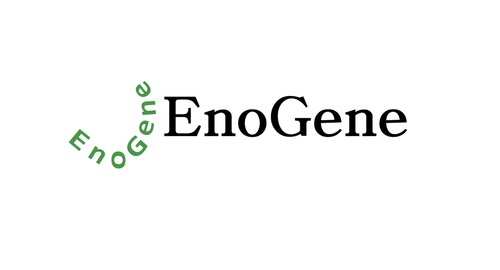Product Description
B2M Antibody | 7439 | ProSci
Host: Rabbit
Reactivity: Human
Homology: Predicted species reactivity based on immunogen sequence: Mouse: (83%) , Rat: (83%)
Immunogen: B2M antibody was raised against a 15 amino acid peptide near the carboxy terminus of human B2M.
The immunogen is located within the last 50 amino acids of B2M.
Research Area: Immunology
Tested Application: E, WB, IHC-P, IF
Application: B2M antibody can be used for detection of B2M by Western blot at 1 - 2 μg/mL.
Antibody validated: Western Blot in human samples; Immunohistochemistry in mouse samples and Immunofluorescence in mouse samples. All other applications and species not yet tested.
Specificiy: B2M antibody is human reactive.
Positive Control 1: Cat. No. 1220 - SK-N-SH Cell Lysate
Positive Control 2: N/A
Positive Control 3: N/A
Positive Control 4: N/A
Positive Control 5: N/A
Positive Control 6: N/A
Molecular Weight: Predicted: 13 kDa
Observed: 12 kDa
Validation: N/A
Isoform: N/A
Purification: B2M Antibody is affinity chromatography purified via peptide column.
Clonality: Polyclonal
Clone: N/A
Isotype: IgG
Conjugate: Unconjugated
Physical State: Liquid
Buffer: B2M Antibody is supplied in PBS containing 0.02% sodium azide.
Concentration: 1 mg/mL
Storage Condition: B2M antibody can be stored at 4˚C for three months and -20˚C, stable for up to one year.
Alternate Name: B2M Antibody: Beta-2-microglobulin
User Note: Optimal dilutions for each application to be determined by the researcher.
BACKGROUND: B2M Antibody: Beta2-microglobulin (B2M) is a principal component of the Major Histocompatibility Complex (MHC) class I molecule, a ternary membrane protein complex that displays fragments derived from proteolyzed cytosolic proteins on the surface of cells for recognition by the surveillance immune system (1, 2) . B2M is involved in the presentation of peptide antigens to the immune system and plays a critically important role in immune system function (3) . It is expressed on nearly all nucleated cells and contains one Ig-like C1-type (immunoglobulin-like) domain (2, 3) . Mutations in the Beta 2-microglobulin gene can enhance the progression of malignant melanoma and osteoarthropathy (4, 5) .
 Euro
Euro
 USD
USD
 British Pound
British Pound
 NULL
NULL















![B2M Antibody [AMM22135G] B2M Antibody [AMM22135G]](https://cdn11.bigcommerce.com/s-452hpg8iuh/images/stencil/500x659/products/870496/1162563/logo__92149.1659788186__14429.1659866643.png?c=2)
